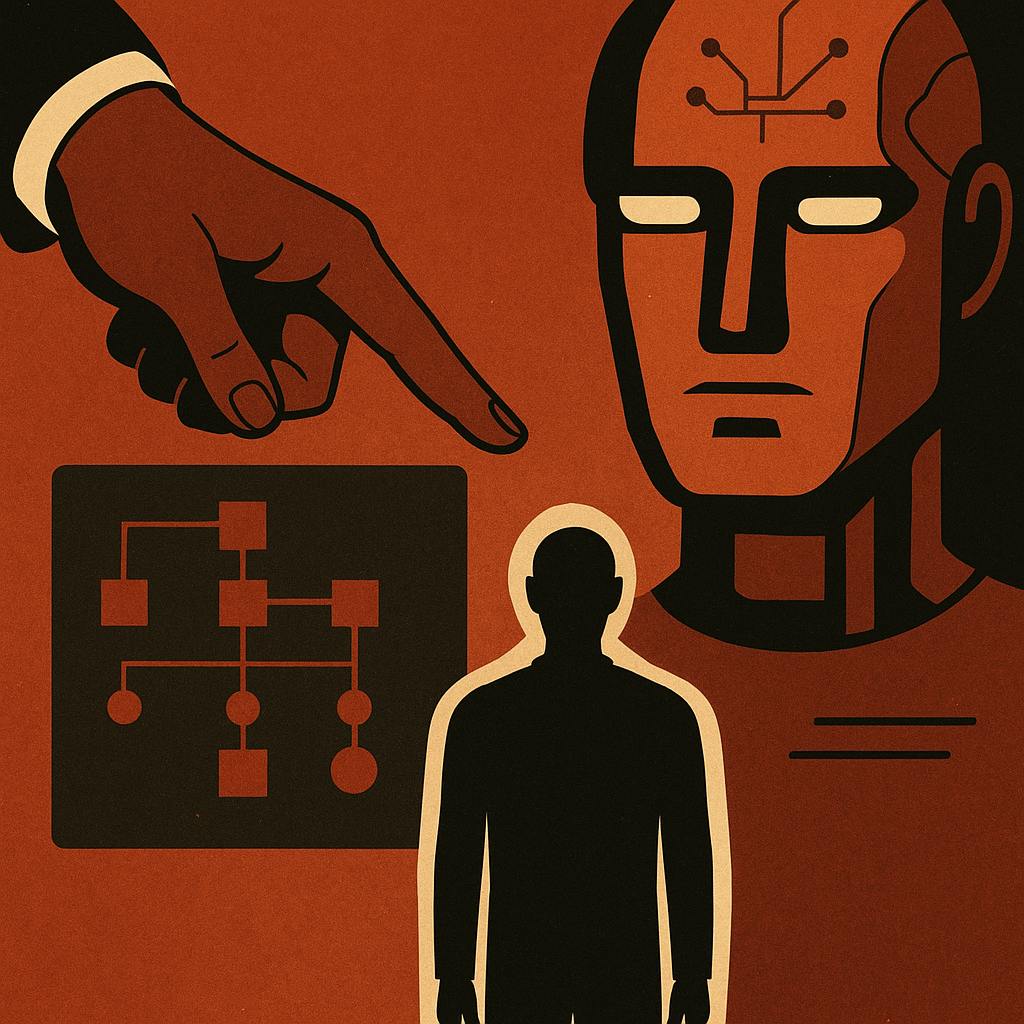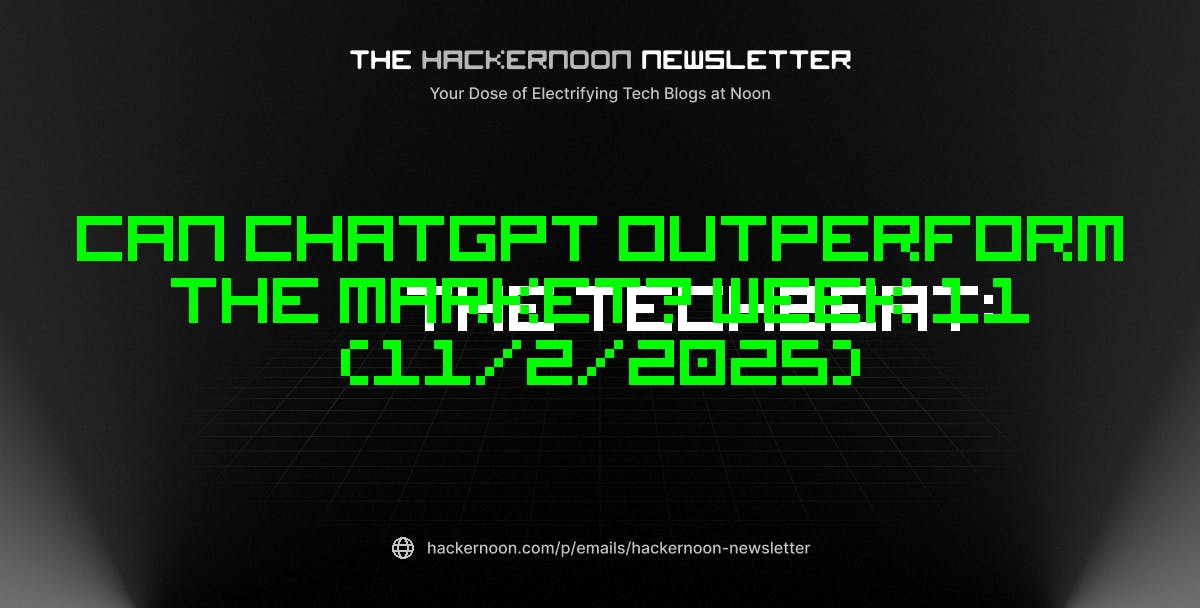From online forms to credit scores, today’s systems do not give orders. They make you obey without a word.
Think about a simple task. You try to send a bank transfer and the page blocks you because one box is empty. You upload a document and the portal rejects it because the file name has a space. You request a loan and an answer appears in a second. No one told you what to do, yet you complied. The system did not ask. It made you comply.
That difference matters. For most of history, obedience meant following an order. Someone spoke, someone else obeyed. A general said march, a judge said pay, a boss said deliver. You could disobey, even if that choice had a cost, because there was an order to refuse. Digital society works differently. Many of the rules you follow are not spoken. They are built into forms, scores, and automated decisions. You do not hear a command. You meet a structure.
This is the quiet shift that defines our time. Authority used to be visible. Today it is silent. It hides in code, checkboxes, scoring models, and validation rules. The result is a new kind of obedience, one that arises because the system leaves no alternative path.
When the form is the boss
Start with workplace software. In many companies, Enterprise Resource Planning tools decide what counts as a valid report. If a number sits in the wrong field, nothing moves forward. You are not obeying a manager. You are obeying the template. The template never raises its voice. It simply blocks every other option.
Move to blockchain experiments. In a Decentralized Autonomous Organization, smart contracts run once their conditions are met. No one issues an instruction at that moment. The code executes. If you disagree, your choice is to exit the system entirely. That is not disobedience. That is abandonment.
Now consider predictive scores. A number appears and a decision follows. A loan is denied. An apartment application is rejected. A patient is flagged for further tests. No one says do this. The outcome is already closed by the score. Staff may still speak to you, but the structure has already spoken for them.
These examples are not outliers. They are the everyday surface of a deeper pattern. The rule is embedded in the process. The rule is silent, and it wins by default.
Why silence is so powerful
Silence removes the point of contact. You can argue with a boss or appeal a judge. You can petition a department. You cannot argue with a button that stays gray until the format is exactly right. You cannot appeal a number that appears without an explanation. When authority hides inside structure, refusal has nowhere to land.
Silence also looks neutral. People tend to treat software as a tool that simply processes facts. If a portal rejects a form, the assumption is that the user made a mistake. If a score says high risk, the assumption is that reality has been measured. In many cases, what looks like neutrality is actually rule making. The choice was coded in advance. The path was narrowed before you arrived.
Finally, silence scales. A single decree reaches a limited audience. A validation rule travels everywhere inside an organization. A scoring model influences thousands of decisions at once. The quieter the rule, the further it goes.
Everyday scenes you already know
- Your bank app will not let you proceed until your address matches a database format. You are not told to change it. You are prevented from doing anything else.
- A hiring portal rejects your resume because the file type is not accepted. No recruiter speaks to you. The gate is automatic and invisible.
- A delivery platform raises prices during a surge. You do not see a command to accept the price. The only path available is the new price.
- A GPS route keeps rerouting you to the same highway exit. No one orders you to turn. The interface puts every other route under a stack of taps, and you take the one that remains.
- A streaming app autoplays the next episode. No voice says keep watching. The default setting makes that choice for you unless you fight it every time.
In each case, the system organizes your behavior without giving instructions. The shape of the choice is the instruction.
The costs that hide behind smooth experiences
Smoothness feels efficient. Fewer disputes, less back and forth, faster results. The tradeoffs are serious.
- **No clear path to appeal When a system makes a call, where do you take your complaint. A help desk can log a ticket, but the decision sits in a model, a rule set, or a contract that no one in support can change. Without a named decision maker, accountability slips away.
- **No room for principled refusal Refusal depends on the presence of an order. You can refuse a command. You cannot refuse a blocked button. You cannot refuse a rule that never appears as a rule. You either comply or you are stuck.
- **Blindness that spreads by habit Because no one is telling you what to do, you stop noticing that you are being made to obey. Teams treat outcomes as technical results. People call decisions neutral because they arrive through a screen. The authority is real. It just does not look like authority.
- **Fragility under pressure Systems that cannot be disobeyed also struggle to self correct. A bad validation rule locks out a full department until someone can reach the one person who can change it. A flawed score harms an entire group for months because the workflow was designed around that score. If there is no routine way to resist, there is also no routine way to repair.
How to recognize silent authority
You do not need source code to detect quiet control. Simple signals are enough.
- Defaults that swallow choice. If the default is hard to change and the alternative is hidden behind extra steps, the system is steering you.
- Errors that describe you, not the rule. Messages like invalid user rather than rule requires format X. The design frames the fault as yours and hides the policy.
- Outcomes without reasons. A yes or no that arrives with no traceable explanation is a decision that cannot be contested.
- Workflows that punish pause. If postponing or asking for a review creates new penalties or delays, the system is pushing you to comply now.
- Interfaces that remove the back button. If there is no way to step back without starting over, the structure is narrowing the path on purpose.
Use these signals the next time a process feels rigid. What looks like convenience may be a silent rule.
What good systems do differently
Silence is not the only design. Better choices exist.
- Explain the rule, not just the error. Tell users the policy that produced the blockage, and show the relevant field or step. Clarity reduces force.
- Provide a real appeal path. Make space for a human review with a clear response time and a clear owner. If an outcome affects money, housing, health, or work, there must be a way to challenge it.
- Offer a safe override. Some roles need a bounded way to proceed with a justification. A documented override is safer than a private workaround.
- Log decisions and show the breadcrumbs. If a score drove an outcome, display the factors that mattered. Transparency reduces the power of silence.
- Pressure test defaults. Ask what the interface nudges people to do and who pays for that nudge when it is wrong.
These are not cosmetic fixes. They change the power of the system. They turn hidden command into visible policy.
The human habit that keeps this going
People adapt to structure. We tell ourselves that the system is objective and that we are the ones who need to learn it. Sometimes that is true. Often it is a story we repeat because it is easier than questioning the design. The more we adapt, the less we notice that obedience has become automatic. We start calling it normal.
There is a second habit that matters. We confuse speed with fairness. A fast answer feels modern. A fast answer with no path to appeal can be efficient and unjust at the same time. Digital life teaches us to value the first quality and forget the second.
A short field guide you can carry into any process
- Ask what would happen if you disagreed at each step. If the honest answer is nothing, you are inside a structure that does not allow refusal.
- Look for the first point where a human can say yes or no. If that point never arrives, the decision was already made by rule.
- If a system uses a score, ask what inputs you can check or correct. If none exist, the score is not guidance. It is a gate.
This is not about rejecting automation. It is about refusing invisibility. If a rule shapes your life, that rule should be visible, explainable, and open to challenge.
The paradox that will define the next decade
The less authority speaks, the more we obey. Commands are loud and limited. Structures are quiet and everywhere. When design narrows the path, most of us will take the path that remains. That is not weakness. That is how humans work. Which is exactly why silent rules are so effective.
The task is simple to name and hard to do. Make authority legible again. If a platform blocks an action, state the rule behind the block. If a model determines an outcome, show the factors that matter and create a path to contest them. If a workflow removes choice, explain why, show who decided that removal, and revisit the decision on a schedule.
Power will not disappear. It will either hide inside structure or stand where people can see it. Choose the second option.
Read, verify, share
Full research article, with the conceptual framework and extended case studies:
- SSRN: https://papers.ssrn.com/abstract=5416976
- Zenodo: https://doi.org/10.5281/zenodo.16993991
- Figshare: https://doi.org/10.6084/m9.figshare.30010129
- Website: https://www.agustinvstartari.com/
If your team builds systems that other people must use, read the paper, test your defaults, and add an appeal path before release. If your team runs on systems you did not design, request explanations as a matter of policy. Silence is not neutral. It is a choice. n Author Bio
Agustin V. Startari is a linguistic theorist and researcher in historical studies. Author of Executable Power, Grammars of Power, and The Grammar of Objectivity. ORCID: 0000–0001–4714–6539.
Ethos
I do not use artificial intelligence to write what I don’t know. I use it to challenge what I do. I write to reclaim the voice in an age of automated neutrality. My work is not outsourced. It is authored. n — Agustin V. Startari








